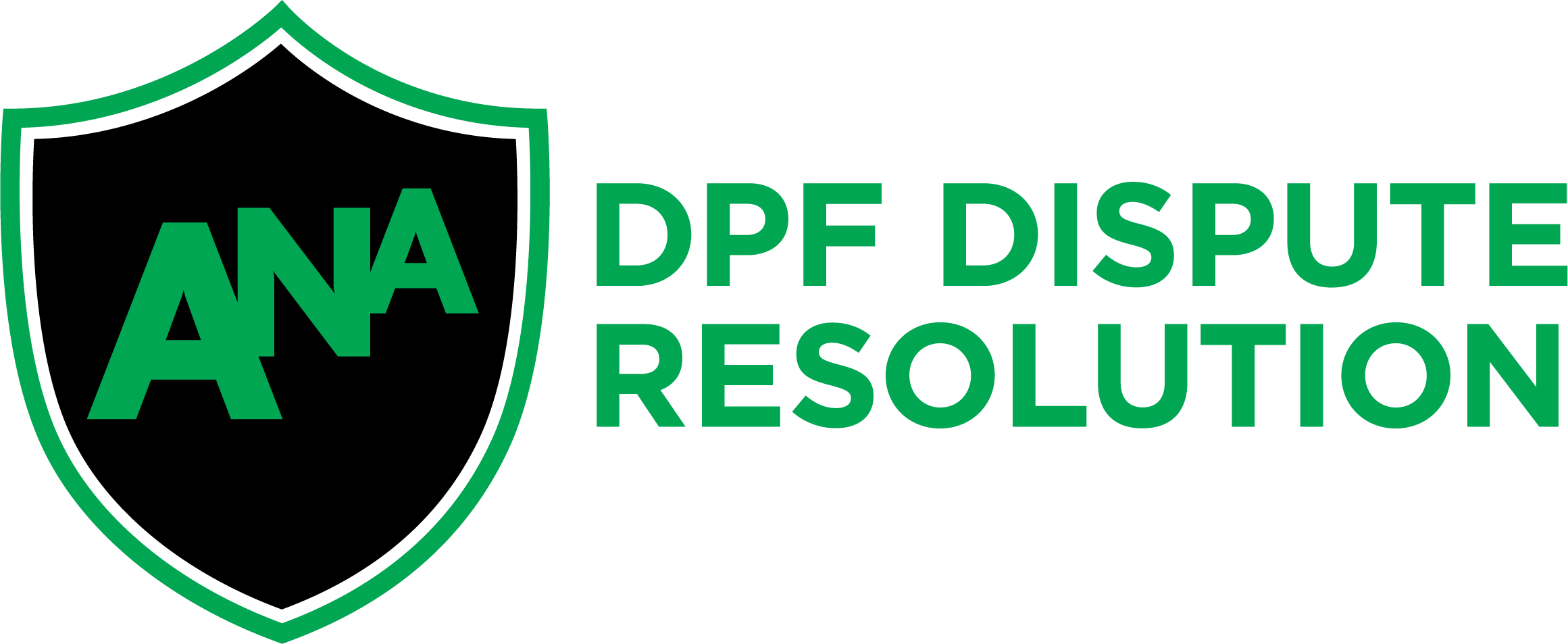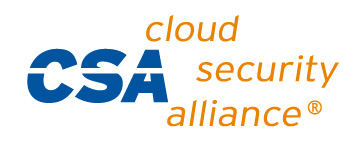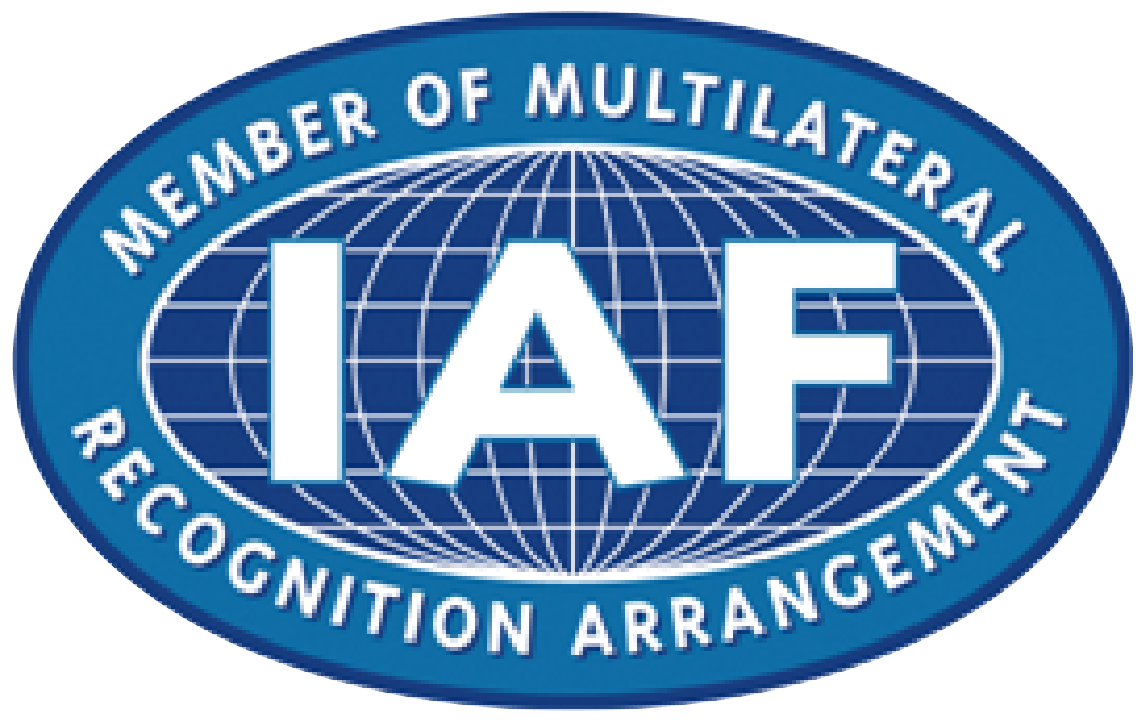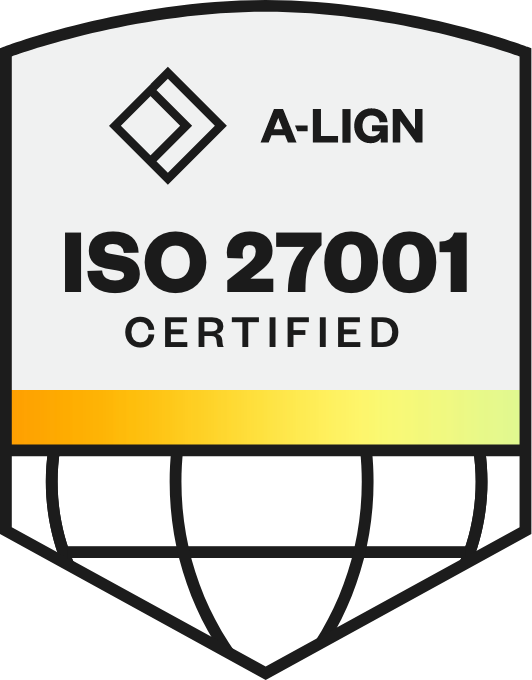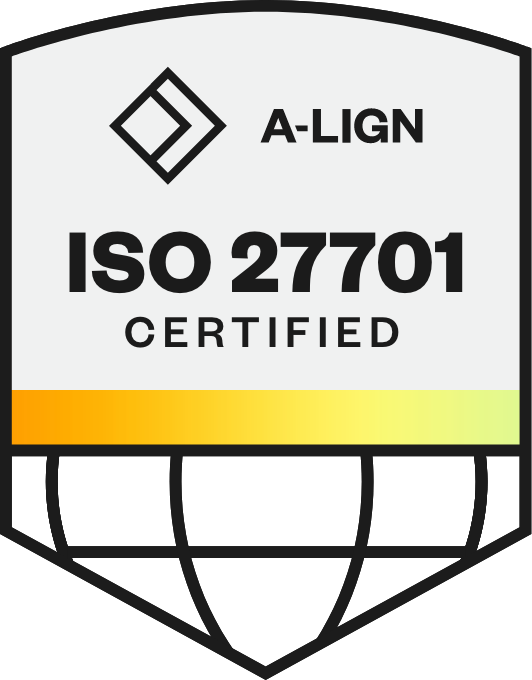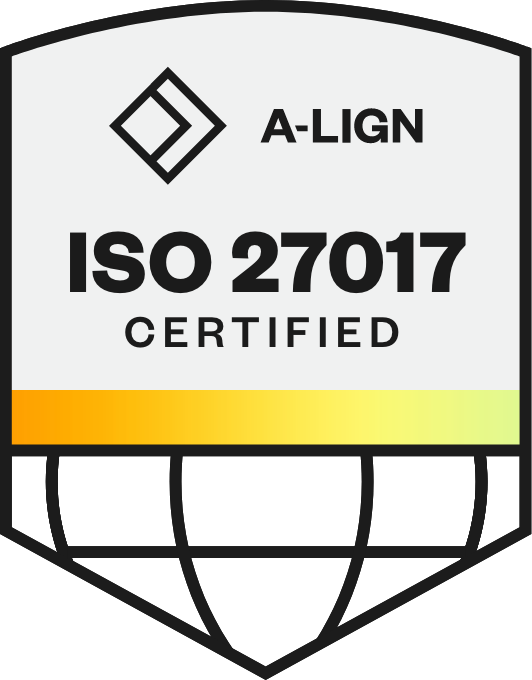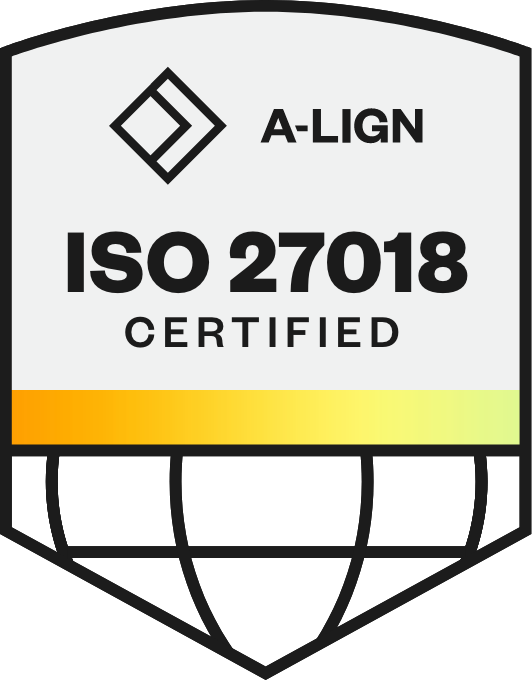
Avoid Buyer’s Remorse: 15 Key Questions to Ask HR Tech Vendors
Gartner's research reveals a sobering truth: 83% of HR tech buyers regret their purchase — not because the software failed, but because it didn't align with expectations. Meanwhile, only 15% of buyers ended up needing fewer full-time employees than expected post-implementation, while nearly 40% needed more.
The common thread? Teams didn't ask the right questions before signing.
Whether you're evaluating HR software for the first time or replacing a platform that no longer meets your needs, this guide outlines the key questions to ask hr tech vendors to avoid those surprises and match the platform to your strategy, team, and long-term goals.
In this Article:
15 Best Questions to Ask HR Tech Vendors
1: What specific steps do you take to detect and reduce bias in your AI, and can we review the audit results?
AI bias isn't theoretical — it influences which candidates are surfaced, scored, or recommended, often reinforcing historical inequities. Bias audits are becoming legally required in regions like New York City and the EU to ensure the adoption of AI doesn’t perpetuate known or unknown bias.
What disparities do you evaluate across gender, ethnicity, age, or geography?
How often do you conduct internal vs. external model reviews?
Have your audits led to retraining or changes in model behavior?
Related: Avoiding Bias and Improving Hiring Outcomes During the Interview Process
2: Can you explain how your AI makes decisions, and are those explanations accessible to users?
If AI decisions aren't explainable, recruiters and candidates remain in the dark about prioritization or rejection. Legal requirements like NYC Local Law 144 and the EU AI Act now mandate disclosure, consent, and alternatives.
What explanations are available to recruiters, managers, and candidates about AI decisions?
Are AI factors and decision-making criteria visible within the platform?
Do you provide clear notices when AI is used, and can users request human-led alternatives?
How are user preferences for AI involvement tracked and managed?
3: Do you notify users when AI is being used, and offer alternatives if needed?
Ethical intent means little without accountability. You need to know who enforces principles when speed or scale competes with fairness.
Who owns AI governance within your organization?
What protocols do you have for handling harmful or biased AI results?
Do you have mechanisms to pause or retrain AI systems before they cause downstream impact?
4: How are your AI ethics enforced in product decisions, and who is responsible for upholding them?
Skills fuel most AI-driven talent decisions. If underlying data is outdated, fragmented, or misaligned with real-world demands, recommendations will miss the mark.
What are your primary sources of skills data — resumes, job descriptions, or assessments?
Do you use a proprietary skills ontology, or can it be customized for our organization?
How is your skills data maintained, validated, and updated over time?
5: Where does your AI source skills data, and is it aligned with real workforce needs?
Most platforms need internal champions and clear ownership, regardless of how intuitive they appear.
How many full-time employees will we need to manage this system effectively?
Can you provide references from organizations with similar scale, complexity, or hiring structure?
How do you recommend phasing rollout across different teams or regions?
Which lower-risk modules can we launch first to evaluate daily usability?
6: What Will It Really Take to Run The Solution?
According to Gartner, only 15% of HR tech buyers ended up needing fewer full-time employees (FTEs) than expected post-implementation — while nearly 40% needed more. That’s a critical disconnect. And one that leads to slower adoption, internal frustration, and poor ROI. Even the most intuitive platform needs internal champions and clear ownership. Ask these:
What resourcing will we need to manage this system?
Can you provide references with similar scale, complexity, or hiring structure?
These questions affect whether your recruiters are spending time with candidates — or buried in admin tasks and rework. And they provide a more honest picture of what life looks like after launch.
Related: Beyond Go-Live: Hyper-Care Supports Long-Term HR Tech Success
Pilots may seem like a safe way to test software, but in enterprise HR tech, they often fail to reflect real conditions. The lift required to enable workflows, connect systems, and train users is too high to validate outcomes in a short-term pilot. Instead, ask about phased rollouts — structured implementations where early success builds into broader adoption.
How do you recommend phasing rollout across teams or regions?
Can we launch a lower-risk module to evaluate daily usability?
At Phenom, we guide teams through phased go-lives where foundational use cases — like scheduling automation or onboarding workflows — are deployed first to build momentum. This helps customers validate fit and gain value faster, without the resource strain of a pilot that doesn’t reflect the full picture.
Related: Bridging the Gap: From HR Tech Promise to Business Impact
7: How long does implementation take, and what typically causes delays?
Platforms requiring support tickets for minor adjustments create bottlenecks and increase costs. Your hiring needs will evolve, and your platform should adapt with you.
Can we modify workflows, approval chains, and field settings ourselves?
What level of API access do you provide, and how comprehensive is the documentation?
What training do you offer for teams managing internal system modifications?
8: Can our team configure workflows and processes without vendor support?
The ability to make quick changes without external help is critical. Platforms that require support tickets for every adjustment, no matter how minor, slow teams down and increase long-term costs. Implementation timelines often sound optimistic in early conversations. The real challenge is managing dependencies — integrations, data, internal approvals — that can stall progress.
Do you have prebuilt integrations with our existing tools?
How many customers are currently live with the partnerships we'd need?
What types of use cases are successfully running today?
What would it take for us to build, test, and maintain custom extensions?
Related: AI Workflow Automation: What It Is and How to Do It
9: How Can We Fill the Gaps in Your Solution You Don’t Cover?
No platform delivers 100% of what every organization needs. According to Gartner, 20 – 30% of HCM requirements are still met through third-party tools, even after implementation. That’s not a failure of the platform, it’s a reflection of how diverse and evolving enterprise needs really are.
Do you have prebuilt integrations with the partner?
How many customers are live on this partnership today?
How many and what types of use cases are live today?
What will it take to build, test, and maintain our extension?
Many of our customers connect our Intelligent Talent Experience Platform to their existing ATS, background screening tools, and video interview partners through our prebuilt connectors. Others build out custom workflows using APIs, without needing vendor-side engineering support. The goal isn’t to replace everything — it’s to bring it all together in a way that works.
Related: ATS and CRM: Powering the Candidate Experience
10: How do you manage updates and maintenance, and will they impact usability?
Strong internal mobility experiences support retention and reduce backfilling costs while giving managers tools for team development.
How are internal candidates automatically matched to open roles?
Does the platform identify skill gaps and recommend specific upskilling paths?
Can employees explore internal jobs, gigs, or career paths based on their current profile?
Do managers have visibility into their team's up-to-date skill profiles and growth areas?
Are there built-in tools to help managers guide career conversations and succession planning?
11: What hiring decisions does your platform help us make faster or smarter, and how?
AI and analytics should drive action, not just generate dashboards. Insight only matters if it changes outcomes. Choose a platform that helps your team prioritize and improve as they hire.
What specific outcomes do your customers typically see at 30, 60, and 90 days?
Which metrics tend to improve first, and why do they show early results?
Can you share examples from companies with similar roles or hiring volumes as ours?
12: What outcomes will we see in the first 90 days, and how do you measure success?
As hiring strategies evolve, so should supporting platforms. Understanding customer influence on development direction is critical.
Do you have a customer advisory board, and what role do they play in shaping your roadmap?
What opportunities exist for design partnerships or co-development?
How can our team and the broader community influence your product priorities?
Do you offer beta program access for early feature testing?
Related: Beyond Go-Live: cc Hyper-Care Supports Long-Term HR Tech Success
13: How does your platform support internal mobility and help employees discover relevant opportunities?
AI platforms should make it easier for employees to see and act on opportunities before they look elsewhere. A strong internal mobility experience supports retention and reduces backfilling costs.
How are internal candidates matched to open roles?
Does the platform surface skill gaps and recommend upskilling paths?
Can employees explore internal jobs, gigs, or career paths based on their profile?
Related: The Ultimate Retention Tool: How Kuehne+Nagel Created an Internal Mobility Machine
14: How does your platform help managers understand employee skills and support career development and succession planning?
Managers are critical to employee growth and retention, but they often lack the tools to see skill gaps, suggest next steps, or plan for future roles. A strong platform should give them visibility into their team's capabilities — and make it easier to support internal mobility and succession planning.
Can managers view up-to-date skill profiles and growth areas for their team?
Are there built-in tools to help managers guide career conversations and identify internal candidates for future roles?
Does the platform support development planning tied to mobility or succession goals?
15: How Can We, as Customers, Influence Your Roadmap?
As your hiring strategies evolve, so should the platform that supports them. That’s why it’s not enough to ask what a vendor offers, you also need to ask how they involve customers in what comes next.
Gartner recommends using your pre-signing leverage, co-development opportunities, and community feedback to shape the roadmap. Most buyers don’t press for answers here and many vendors don’t have much to share. Don’t just ask what’s on the roadmap; ask how customers can help shape it.
Do you have a customer advisory board, and if so, what is their role in shaping the roadmap?
How can we improve our business review meetings?
What will it take for us to be your design partners?
How can the community influence your roadmap?
Communities that contribute early help make the product better for everyone, including you. Platforms like Phenom support this model by offering early access to features through beta programs and dedicated advisory boards.
HR Tech Partnership Outlook
For HR and TA leaders, selecting a tech solution is only half the decision. The other half involves choosing a partner that evolves with your hiring strategy, not just your software stack.
The best outcomes don't come from great features alone — they come from working with a partner who builds, listens, and improves alongside you. When addressed early, these questions provide clarity about both the product and the partnership.
Because avoiding regret isn't about being cautious — it's about being informed before the contract is signed. In collaboration with our customers, Phenom is bringing solutions that combine high tech with high personal touch that include:
Application Performance Monitoring (APM): Gives HRIT teams real-time visibility into system performance — helping diagnose integration issues, reduce manual triaging, and maintain workflow stability at scale
HRIT Hub: A centralized control panel for system owners to manage access, credentials, and live configurations — co-designed with customers to improve governance and reduce dependency on external support
Global Customer Care (GCC) Support Packages: Designed to move beyond ticketing, these packages include strategic services like roadmap planning and training
Technical Support Account Manager (TSAM): A dedicated partner who understands your implementation, tracks ongoing needs, and connects your team with the right product and engineering resources
Because the best outcomes don’t just come from great features — they come from working with a partner who builds, listens, and improves alongside you.
Choose the Questions That Shape the Outcome
Most HR tech regret comes not from a broken product — but from a mismatch between expectations and reality. That disconnect often stems from the questions that never got asked. This blog unpacked three areas buyers tend to overlook: the real operational lift required after go-live, the gaps no platform fully covers, and the level of influence customers actually have on the roadmap.
When addressed early, these questions give teams the clarity they need — not just about the product, but about the partnership. Because in the end, avoiding regret isn’t about being cautious. It’s about being informed before the contract is signed.
Want to learn more about how Phenom is ready to guide you through your next implementation? Get started with Phenom Global Professional Services!
Apurba is a writer who specializes in creating engaging content, backed by storytelling, data, SEO and a cup of coffee. When she’s not writing, she’s reading, cooking fusion food, or curiously traveling like a local.
Get the latest talent experience insights delivered to your inbox.
Sign up to the Phenom email list for weekly updates!



